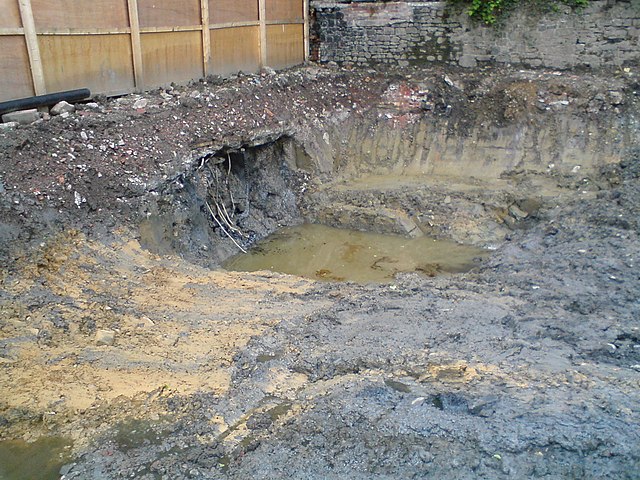Phase I environmental site assessment
In the United States, an environmental site assessment is a report prepared for a real estate holding that identifies potential or existing environmental contamination liabilities. The analysis, often called an ESA, typically addresses both the underlying land as well as physical improvements to the property. A proportion of contaminated sites are "brownfield sites." In severe cases, brownfield sites may be added to the National Priorities List where they will be subject to the U.S. Environmental Protection Agency's Superfund program.
Any piece of real estate can be the subject of a Phase I ESA.
Asbestos-containing materials are not typically surveyed during a Phase I site inspection, but suspect building materials may be noted
Storage and handling of toxics is assessed for each site within a Phase I study.
Brownfield is land that is abandoned or underutilized due to pollution from industrial use. The specific definition of brownfield land varies and is decided by policy makers and/or land developers within different countries. The main difference in definitions of whether a piece of land is considered a brownfield or not depends on the presence or absence of pollution. Overall, brownfield land is a site previously developed for industrial or commercial purposes and thus requires further development before reuse.
Example of brownfield land at a disused gasworks site after excavation, with soil contamination from removed underground storage tanks
An abandoned factory, an example of what may be considered brownfield land
Brownfield relic serves as monument in a new park in Atlantic Station area of Atlanta, Georgia, U.S.
Residential development at former brownfield site in New Jersey







